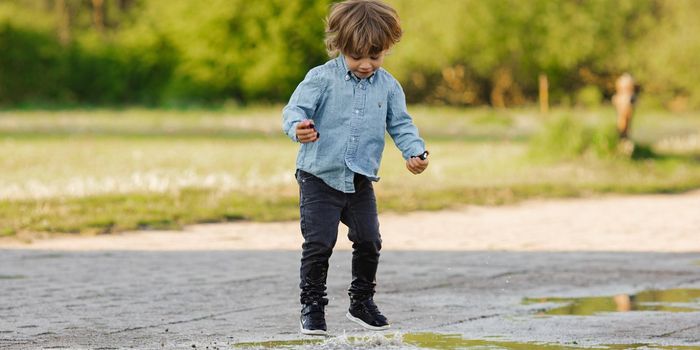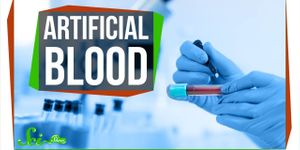Superbug Bacteria Have Been Around Since Life on Land Began
Animals made their way onto land around 450 million years ago, and it seems that enterococci, so-called superbugs that plague hospitals, have been around since then. New work published in Cell provides some new insight into the evolution of these bacteria, which have become nearly indestructible. The researchers learned that these bacteria in particular have become especially suited to thriving in hospital environments.
"By analyzing the genomes and behaviors of today's enterococci, we were able to rewind the clock back to their earliest existence and piece together a picture of how these organisms were shaped into what they are today" explained co-corresponding author of the report Ashlee M. Earl, Ph.D., the group leader for the Bacterial Genomics Group at the Broad Institute of MIT and Harvard. "Understanding how the environment in which microbes live leads to new properties could help us to predict how microbes will adapt to the use of antibiotics, antimicrobial hand soaps, disinfectants and other products intended to control their spread."
Antibiotic resistance has been getting a lot of attention lately, but it remains to be seen if we will be prepared for the future. There are efforts to prioritize the fight against pathogens that pose the greatest threat, but we have to remain vigilant, especially because the drugs that we typically use against bacterial infections are not as effective as they used to be. One place where antibiotic-resistant bugs are of particular concern is the hospital; enterococci often sicken patients.
This work shows that all enterococci species, including those that are not seen in hospitals, have a natural resistance to starvation, disinfectants, dryness and even a lot of antibiotics. These microbes normally live in the intestines of land animals, so it seems possible that it also lived in the intestines of ancient animals. Now, they also have found a home in hospitals.
Bacteria emerged around 4 billion years ago and have continuously lived on earth in the ocean and on land. After animals arose, about 542 million years ago, some of those bacteria took up residence inside of those animals. They went with the animals after some moved to land.
Genomic analysis confirmed it; when new types of animals come on the scene, new species of enterococci also appear. The investigators determined that happened when animals made their way onto land and also when new animals emerged after mass extinction events. That was especially notable following the biggest one, the End Permian Extinction that occurred 251 million years ago.
Microbes that are based in marine animals maintain their place in the food chain, but on land, intestinal microbes that are secreted in feces tend to dry out and then die. Enterococci don’t suffer that fate, however. They are especially able to withstand such adverse environmental stresses, and are thus well-suited for life in a disinfectant-laden place like a hospital.
"We now know what genes were gained by enterococci hundreds of millions of years ago, when they became resistant to drying out, and to disinfectants and antibiotics that attack their cell walls," commented study leader Michael S. Gilmore, Ph.D., a senior scientist at Mass. Eye and Ear and Director of the Harvard Infectious Disease Institute.
"These are now targets for our research to design new types of antibiotics and disinfectants that specifically eliminate enterococci, to remove them as threats to hospitalized patients," concluded first author Francois Lebreton, Ph.D., project leader for the Gilmore team.
Sources: Phys.org via Broad Institute, Cell









